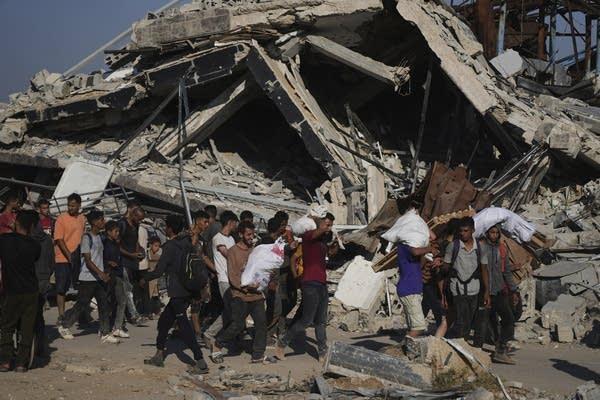As the conflict between Russia and Ukraine enters its third year, international attention increasingly turns to the prospects for a ceasefire that could halt the ongoing violence. With diplomatic efforts facing numerous hurdles and both sides entrenched in their positions, questions remain over whether a sustainable truce is achievable in the near future. This article examines the current state of negotiations, the obstacles preventing a ceasefire, and the potential pathways that could lead to a cessation of hostilities in one of Europe’s most volatile conflicts.
Prospects for a Ceasefire in the Russia-Ukraine Conflict Amid Ongoing Hostilities
Despite multiple diplomatic efforts, the path to a sustained truce remains fraught with challenges. Both sides continue to possess deeply entrenched positions, with Russia emphasizing territorial and security concerns while Ukraine demands full sovereignty and the restoration of its borders. Negotiations have repeatedly stalled amid ongoing military actions, which further erode trust and complicate any attempts at dialogue. International actors remain divided, with some advocating for intensified sanctions and others urging cautious diplomacy to prevent further escalation.
Key factors influencing ceasefire prospects include:
- Military developments: Shifts on the battlefield can alter negotiation dynamics.
- Political will: Leaders’ readiness to compromise plays a critical role.
- International pressure: Sanctions and diplomatic engagement affect both sides’ calculations.
- Humanitarian concerns: Rising civilian casualties increase urgency but may harden positions.
| Aspect | Current Status | Potential Impact |
|---|---|---|
| Negotiation Channels | Limited and sporadic | Hinders open communication |
| Military Engagement | Active clashes persist | Reduces trust between parties |
| International Role | Divided with mixed approaches | |
| International Role | Divided with mixed approaches | Limits cohesive pressure on conflict resolution |
| Challenge | Mediator(s) | Current Approach |
|---|---|---|
| Territorial sovereignty disputes | Turkey, OSCE | Facilitating local ceasefires to build trust |
| Security guarantees for Ukraine | Germany, France | Brokerage of phased disengagement talks |
| Humanitarian access and aid corridors | UN, Red Cross | Monitoring and securing safe passage |
- Incremental progress remains the most viable path forward
- External pressure from global powers continues to influence negotiations
- Transparency and verification mechanisms are crucial to sustaining agreements
Strategic Recommendations for Achieving a Sustainable and Enforceable Ceasefire
Achieving a durable ceasefire in the Russia-Ukraine conflict demands a multifaceted approach rooted in mutual accountability and transparent diplomacy. First, engaging neutral third-party mediators trusted by both sides can build confidence and facilitate constructive dialogue. This includes organizations like the OSCE or the United Nations, which bring impartial oversight to monitoring ceasefire compliance. Additionally, integrating clear verification mechanisms, such as on-the-ground observers equipped with real-time reporting tools, will enhance enforcement credibility. Without robust monitoring, ceasefire agreements risk being short-lived or exploited for tactical gains.
Equally important is the establishment of a phased withdrawal plan coupled with confidence-building measures to reduce tensions incrementally. These measures may involve:
- Mutual prisoner exchanges under international supervision
- Creation of demilitarized zones monitored by peacekeepers
- Regular joint communication channels to address violations swiftly
Deploying these steps within a structured timeline fosters accountability and lowers the risks of renewed hostilities. The table below summarizes key strategic pillars essential for sustained ceasefire success:
| Strategic Pillar | Key Components |
|---|---|
| Third-Party Mediation | Neutral bodies like OSCE, UN |
| Verification & Monitoring | On-site observers, tech-based reporting |
| Conflict De-escalation | The Way Forward
As the conflict between Russia and Ukraine continues with profound humanitarian and geopolitical consequences, the prospects for a ceasefire remain uncertain. While diplomatic efforts persist amid shifting battlefield dynamics and international pressure, both sides face significant challenges in reaching a lasting agreement. The coming weeks will be critical in determining whether momentum can be built toward de-escalation, or if the war will continue to cast a long shadow over regional and global stability. The world watches closely, hopeful yet cautious, as negotiations unfold. |




